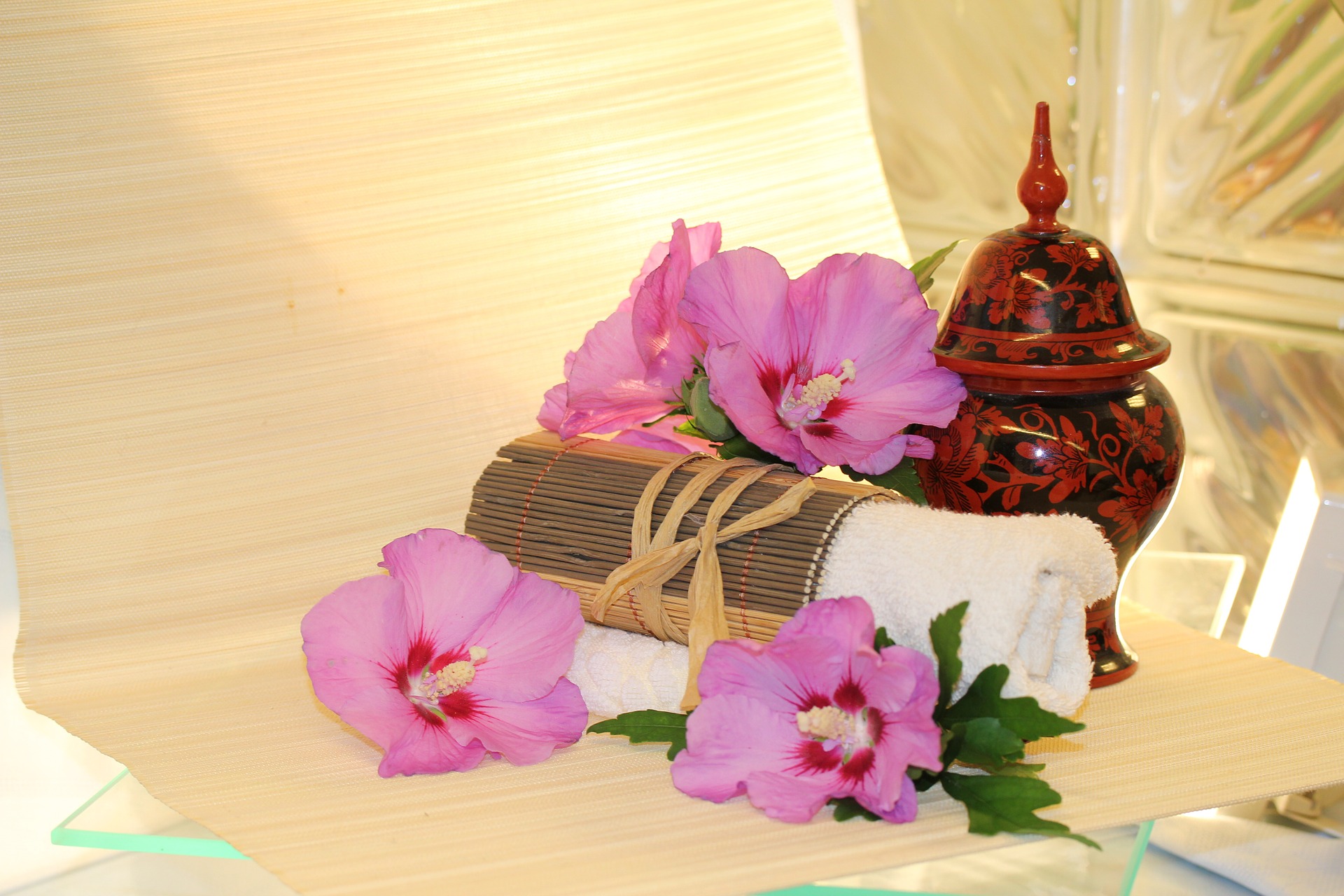As an Ayurveda Doctor practicing in Chennai, I have keenly observed the increasing awareness about Panchakarma treatment among people across all lifestyles. There is a definite curiosity about what panchakarma is all about and why is it so beneficial for the body. Let’s check out some interesting facts about Panchakarma.
Panchakarma is a collection of five intensive treatments that completely eliminate all the toxins from the body. This treatment has gained immense popularity because it successfully overcomes the dangerous consequences of the current lifestyles that most of us lead. Unhealthy diets, poor exercise regimens, and harmful habits lead to the accumulation of ama or toxins in the body. The purpose of Panchakarma is to get rid of all the ama and help the body regain its balance.
Panchakarma is a disciplined collection of treatments that vary from massages to nasal administrations and enemas that cleanse the body in definite stages. Each step of panchakarma has a specific purpose and plays a critical role in rejuvenating the body and mind. Panchakarma can be customized based on the presence of specific ailments and on the specific needs of the body – the age, the imbalance, the roga, the person’s digestive ability, and many other related factors. Since this treatment requires a high level of expertise, you are advised to approach trusted experts who have proven their capability in Ayurveda treatments
Three stages of Panchakarma treatment
The three stages of Panchakarma treatment include purva karma, pradhana karma, and pashchath karma, which mean pre-treatment, primary treatment, and post-treatment, respectively. Panchakarma or the 5 steps form part of the pradhana karma.
Purva Karma
The preparatory step, purva karma, includes three essential processes that helps prepare the body for the elaborate procedure. The first process includes measured consumption of ghee and other herbal preparations that stimulate the body to expel wastes. This step also includes different types of oil massages and steaming that softens and relaxes the body to accept the positive interventions of the Panchakarma treatment that will follow. The oil massage process is termed snehana and it includes different types of massages:
- Abhayanga, which includes a complete massage with herbal oils
- Garshana, which involves using silk or wool to massage dry skin and improve blood circulation
- Shirodhara, which is a process where a thin stream of warm herbal oil is poured over a person’s forehead
- Pizhichil, which involves pouring a thin continuous stream of herbal oil and then massaging the body.
The final step is swedana, or steaming, that helps loosen the toxins within the body.
Pradhana Karma
Pradhana Karma includes Panchakarma, which includes vamana, virechana, niroohavasti, nasya, and rakthamokshana.
- Vamana involves therapeutically inducing vomiting. In this first step, all the toxins are removed from the body, and the kapha is pacified. This step is especially beneficial in the case of asthma and acidity.
- Virechana refers to purgation or excretion of toxins, induced by herbal preparations, which enable complete elimination of wastes from the bowels. This step is beneficial in pacifying pitta.
- Niroohavasti is a medicated enema that is administered on an empty stomach. This step pacifies the vata. Specific pre-treatments such as abhyanga and steaming help simplify this step.
- Nasya involves administering herbal medications through the nostrils. This helps in completely cleansing the ear, nose, and throat regions, and is especially useful in case of headaches and migraines
- Rakthamokshana is an optional step since it involves blood letting using medicated leeches. It is especially useful in case of skin disorders and allergies.
Given the sensitive nature of rakthamokshana, anuvasana basti is a popular alternative. This process involves the administration of fats and oils in the form of enema such that they lubricate the large intestines.
This elaborate pradhana karma successfully detoxifies the entire body.
Pashchath karma
Pashchath karma involves getting the body back to normal with the right diet that helps the body regain its regular digestive capacity and rasayana treatment to rejuvenate and nourish the body.
Conclusion – Panchakarma treatment for holistic well-being
Panchakarma treatment can be customized based on the specific requirement. Although it can be undergone by people of any age, about 30 to 50 is the common range of patients who prefer to take up this treatment. This treatment is delivered in cycles, with stages of rest in between. However, there are many versions of Panchakarma treatment, ranging from a weekly session to an elaborate 2-month session.
Ensure that you trust the experts who will be administering the treatment before you embark on your Panchakarma treatment journey.


